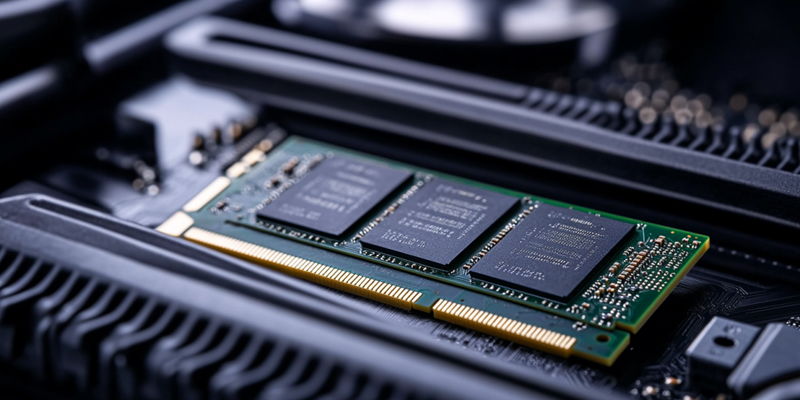The technology landscape continues to evolve at an astonishing pace, with constant advancements reshaping what we consider state-of-the-art. A crucial development in this dynamic field is the latest launch from Asgard: the world’s first DDR5 memory module clocking in at 9,600MHz. Asgard’s Thor-branded DDR5-9600 modules mark a milestone in memory technology, boasting a performance level that sets a new standard in the industry. First introduced to the consumer market in 2021 alongside Intel’s Alder Lake CPUs, DDR5 has come a long way, facing initial hurdles such as high costs, limited availability, and marginal speed improvements over its predecessor, DDR4. Fast forward to 2024, and DDR5 is finally living up to its promise, markedly outperforming DDR4 and offering tangible benefits for high-speed computing.
The Technological Leap Forward
Asgard’s Thor-branded DDR5-9600 memory modules present compelling advancements that place them ahead of the competition. These modules boast an unprecedented 9,600MHz speed, starkly contrasting with competitors’ DDR5-9200 offerings. Classified as Clocked Unbuffered DIMMs (CUDIMMs), they come equipped with a Clock Driver to ensure ultra-high-frequency data transmission between the CPU and DRAM. This meticulous design aids in maintaining stability even under heavy loads. To address the heat generated by such high-speed operations, Asgard has innovatively introduced a thermal “vest” that keeps the modules cool and operates efficiently at 1.5V. This breakthrough not only ensures that the memory runs smoothly but also extends its lifecycle, making it a worthy investment for high-performance computing environments.
Experts attribute Asgard’s technological leap to the integration of advanced memory modules from SK Hynix. Referred to as “golden samples,” these modules are renowned for their superior performance and reliability. Such innovations are not standalone enhancements but part of an ecosystem where hardware and software complement each other. Intel’s chipsets, for example, support enabling the requisite XMP (Extreme Memory Profile) for these modules, ensuring peak performance. Unfortunately, overclocking capabilities are currently not compatible with AMD’s EXPO (Extended Profiles for Overclocking) technology. This minor setback signifies that while AMD users will benefit from basic speeds, they won’t be able to unlock the full overclocking potential embedded in these memory modules, at least not yet.
Market Trends and Future Expectations
The introduction of high-frequency memory modules such as Asgard’s DDR5-9600 is part of a broader trend in the DDR5 market. Currently, most DDR5 kits deliver stable and efficient performance at 6,000MHz, but future advancements promise to push these limits. For example, AMD’s X870(E) chipset supports speeds up to DDR5-8000 and beyond when overclocked, setting new performance expectations. Similarly, Intel’s forthcoming Z890 boards are expected to enable speeds exceeding 9,000MHz, potentially aligning with Asgard’s offerings.
This evolving landscape marks an era where DDR5 memory outperforms DDR4 in both speed and efficiency. As companies continue to advance these technologies, the overall trend is toward faster and more reliable DDR5 solutions. The demand for such high-speed memory is expected to grow across gaming, data-intensive applications, and professional computing environments. Asgard’s pioneering efforts with DDR5-9600 exemplify this trend, indicating a significant shift in consumer expectations. The advancements by Asgard, AMD, and Intel collectively promise an exciting future for high-speed computing, with DDR5 technology at its core.

